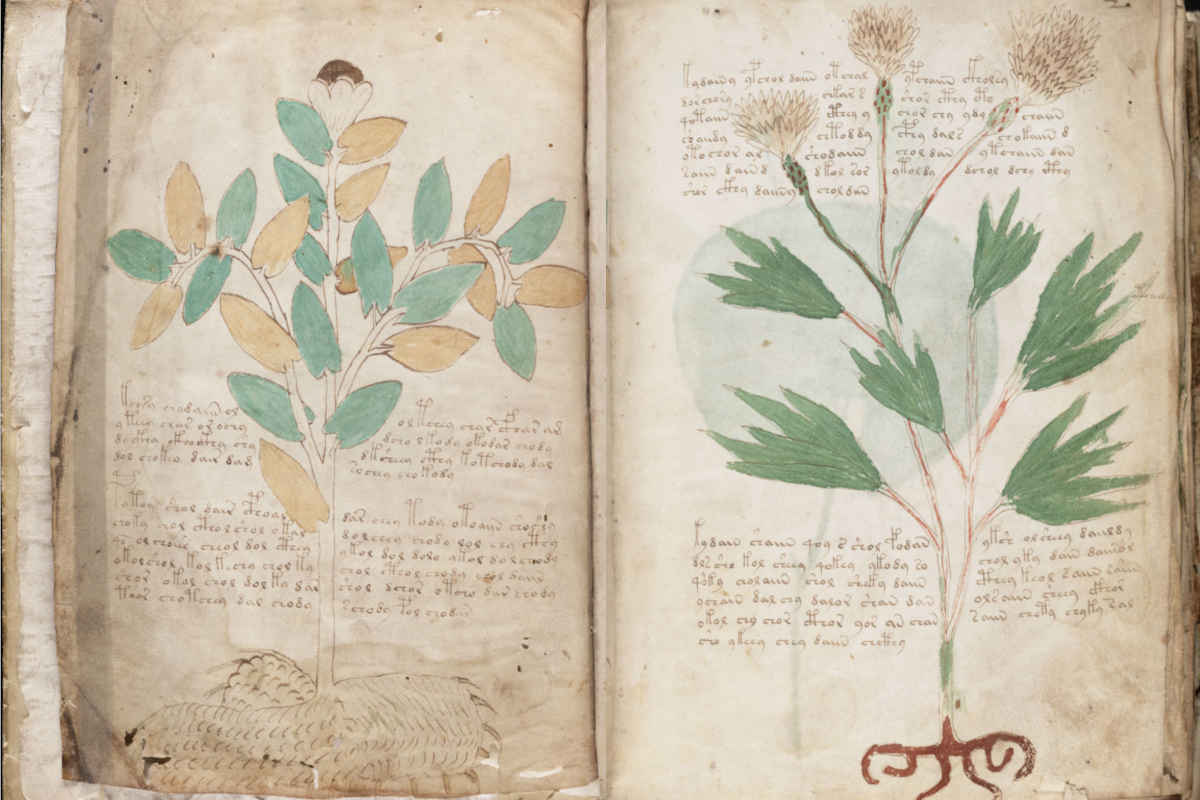Beinecke 408 is an illustrated codex written with a writing system that has not been deciphered for 600 years: it contains among others a herbarium, a moon book and a recipe book: an Italian teacher and researcher revealed its secrets

@Wikipedia
Eleonora Matarrese, hailed as the “lady of herbs,” has deciphered the Voynich manuscript, famously dubbed the “world’s most mysterious book.” Matarrese, a scholar from Bari, Italy, has dedicated 16 years to researching this enigmatic work, finally unveiling its secrets.
The story of Beinecke 408
The Voynich manuscript, also known as Beinecke 408, is a 15th-century illustrated codex that has baffled cryptographers and scholars for over 600 years with its unknown writing system. Its allure lies in its composition—an herbal guide, an astronomical text, a thermal benefits manual, an agronomy handbook on wild plants, and a recipe collection.
Named after Wilfrid Voynich, a Polish-Lithuanian rare book dealer who acquired it in 1912, the manuscript’s origins trace back to the Jesuit College at Villa Mondragone, Frascati. It included a letter from the rector of the University of Prague, seeking its decipherment—an endeavor that remained unfulfilled until Matarrese’s breakthrough.
Matarrese, with her background in Foreign Languages and Literatures and a specialization in Germanic Philology, leveraged her expertise in linguistics, botany, and medieval studies to crack the code. Actually professor of Phytoalimurgy and Ethnobotany at the University of Bari (Italy) “Aldo Moro”, she has identified the manuscript’s language as a Middle High German dialect from the Carnia region, near Timau/Tschilbong in Udine province.
The manuscript exhibits Slavic influences due to the proximity of Slovenia and features iconography characteristic of the Germanic world, employing a lunar calendar based on natural observation rather than the Julian or Gregorian systems.
Matarrese’s profound connection to her native Puglia and extensive global academic experience were crucial in recognizing a strong, albeit hidden, link between the manuscript and Southern Italy, particularly a similar calendar created in Bari.
Source: La Gazzetta del Mezzogiorno
